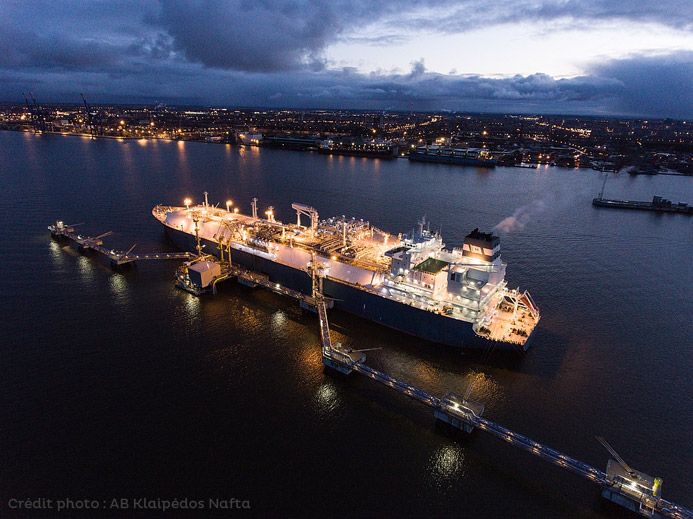Update on the consequences of the war in Ukraine on our network and French plans for a floating LNG regasification terminal
GRTgaz is not currently experiencing any particular transportation difficulties on the French network. The storage facility injection campaign is underway. Overland inflows from Northeast France are being maintained, although at lower levels than in previous years. In France and in Europe, the international situation has spurred the search for measures that will diversify supplies and increase the options for incoming LNG. New capacities at the Fos-Cavaou and Dunkirk LNG terminals have been announced to increase our LNG supply. In addition, plans are being studied to connect a floating regasification barge to ramp up LNG imports.
In these dramatic circumstances linked to the war in Ukraine, we are standing by to respond immediately to any changes in France’s supply conditions.
The storage facility injection campaign has just started as we move into spring.
GRTgaz is working alongside other French gas infrastructures to find solutions aimed at increasing the diversification of French and European supplies, under the supervision of the public authorities.
The solutions offered by LNG are evolving. On 17 March, the Fos-Cavaou LNG terminal stated its intention to increase its capacity sales by 11 TWh in 2022, 13 TWh in 2023, and 30 TWh in 2024. The regasification capacity of the Fos-Cavaou LNG terminal would then be increased to 10 Gm3 per year (i.e. 117 TWh per year).
A short-term increase in injection capacity from the Dunkirk LNG terminal is also being studied.

Other solutions are being considered to increase LNG accommodation capacities in France, including the connection of a Floating Storage and Regasification Unit (FSRU). This floating terminal is an effective solution given its implementation time and the extra capacity it offers. It would allow us to increase capacity by 45 TWh per year, with an implementation time of around 24 months or more, depending on the precise location in the port of Le Havre and the relevant administrative procedures.
Connecting the FSRU to the GRTgaz network could require a pipeline of around 2-3 km, as well as equipment to provide the heating, odorization and pressure regulation functions at the floating terminal’s delivery outlet.
This facility would both heighten the resilience of the French gas system and increase exports to adjacent European countries, if necessary. Discussions are still underway with Haropa Port and TotalEnergies, under the aegis of the public authorities, and the project is yet to be confirmed.
Finally, as the main French gas transmission operator, we liaise with the Ministry of the Ecological Transition to monitor the situation, in particular the proper filling of storage facilities. We also help to assess the impacts of any failures in Russian supplies. We are likewise required to update the consumer load shedding system on the transmission and distribution networks, with the announced publication of a Decree revising this system following a 2018 Order.
At the European level, the European Commission aims to reduce Russian gas purchases by two-thirds from this year. To strengthen Europe’s energy security, Brussels has decided to coordinate joint gas purchases on behalf of Member States. This plan, inspired by the Covid-19 vaccine ordering system led by the EU executive, was approved by all 27 Member States at the summit of 25 March 2022. Aggregating demand will facilitate contacts with international suppliers before next winter, and help to obtain "favourable prices" due to the EU’s economic strength.
We will continue to keep you informed of developments during the coming weeks.